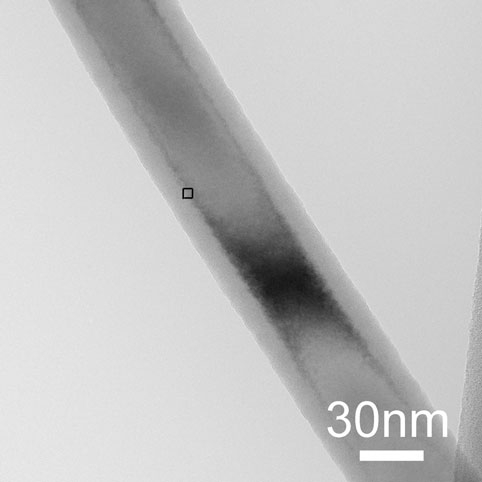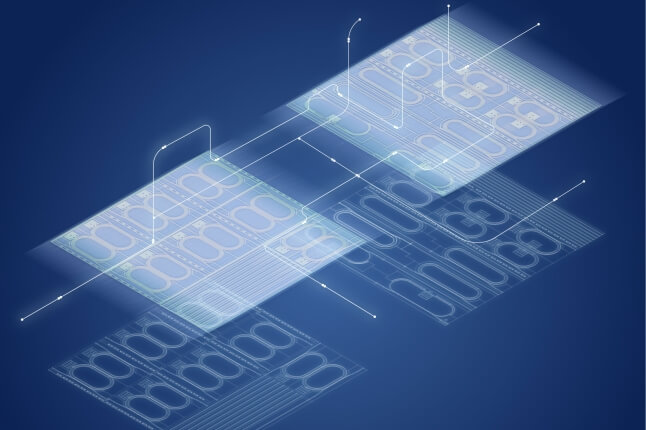News
A single nanowire coated with silicon boasted a 90-fold increase in photosensitivity compared to an uncoated one.
Cambridge, Mass. – July 6, 2011 – By applying a coating to individual silicon nanowires, researchers at Harvard and Berkeley have significantly improved the materials’ efficiency and sensitivity.
The findings, published in the May 20, 2011, issue of Nano Letters, suggest that the coated wires hold promise for photodetectors and energy harvesting technologies like solar cells.
Due to a large surface-to-volume ratio, nanowires typically suffer from a high surface recombination rate, meaning that photogenerated charges recombine rather than being collected at the terminals. The carrier lifetime of a basic nanowire is shortened by four to five orders of magnitude, reducing the material’s efficiency in applications like solar cells to a few percent.
“Nanowires have the potential to offer high energy conversion at low cost, yet their limited efficiency has held them back,” says Kenneth Crozier, Associate Professor of Electrical Engineering at the Harvard School of Engineering and Applied Sciences (SEAS).
With their latest work, Crozier and his colleagues demonstrated what could be a promising solution. Making fine-precision measurements on single nanowires coated with an amorphous silicon layer, the team showed a dramatic reduction in the surface recombination.
Surface passivation has long been used to promote efficiency in silicon chips. Until now, surface passivation of nanowires has been explored far less.
The creation of the coating that passivated the surfaces of the nanowires was a happy accident. During preparation of a batch of single-crystal silicon nanowires, the scientists conjecture, the small gold particles used to grow the nanowires became depleted. As a result, they think, the amorphous silicon coating was simply deposited onto the individual wires.
Instead of abandoning the batch, Crozier and his team decided to test it. Scanning photocurrent studies indicated, astoundingly, almost a hundred-fold reduction in surface recombination. Overall, the coated wires boasted a 90-fold increase in photosensitivity compared to uncoated ones.
Co-author Yaping Dan, a postdoctoral fellow in Crozier’s lab who spearheaded the experiments, suggests that the reason for the increased efficiency is that the coating physically extends the broken atom bonds at the single-crystalline silicon surface. At the same time, the coating also may form a high–electric potential barrier at the interface, which confines the photogenerated charge carriers inside the single-crystalline silicon.
“As far as we know, scientists have not done these types of precision measurements of surface passivation at the level of single nanowires,” says Crozier. “Simply by putting a thin layer of amorphous silicon onto a crystalline silicon nanowire reduces the surface recombination nearly two orders of magnitude. We think the work will address some of the disadvantages of nanowires but keep their advantages.”
Due to their increased carrier lifetime, the researchers expect that their wires will offer higher energy conversion efficiency when used in solar cell devices.
Crozier and Dan’s co-authors included Kwanyong Seo and Jhim H. Meza, both of SEAS, and Kuniharu Takei and Ali Javey at the University of California at Berkeley. The authors acknowledge the support of Zena Technologies. Fabrication work was carried out at the Center for Nanoscale Systems at Harvard (which is supported by the National Science Foundation).
Topics: Electrical Engineering
Cutting-edge science delivered direct to your inbox.
Join the Harvard SEAS mailing list.



